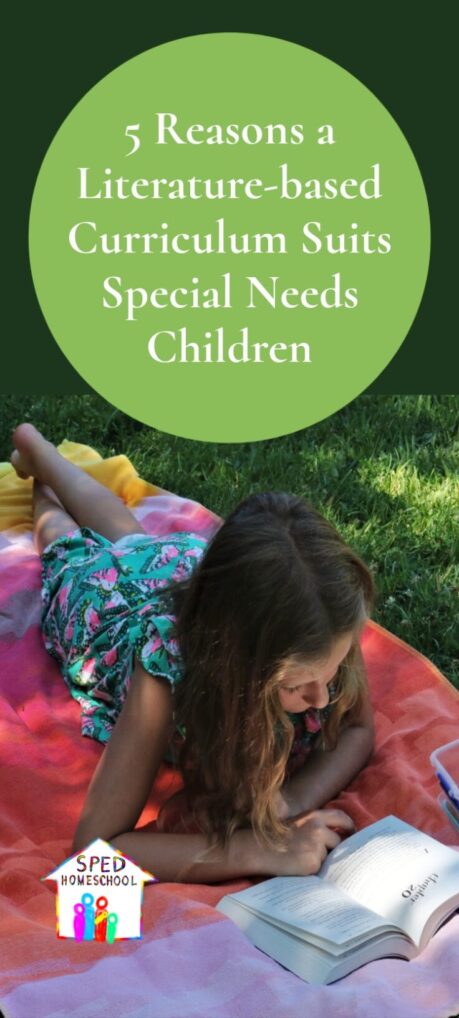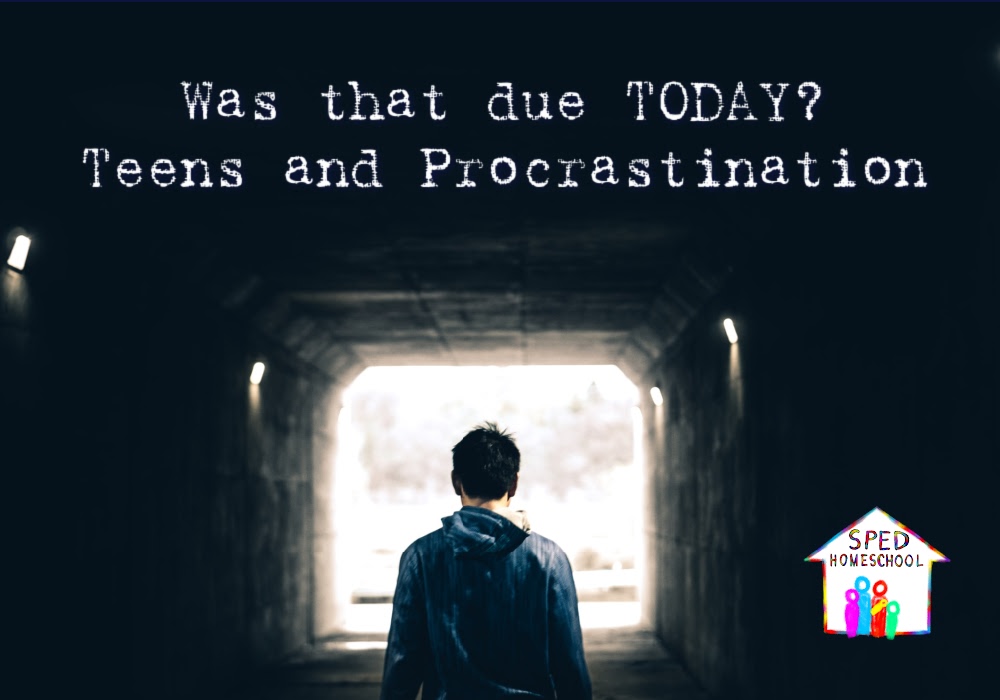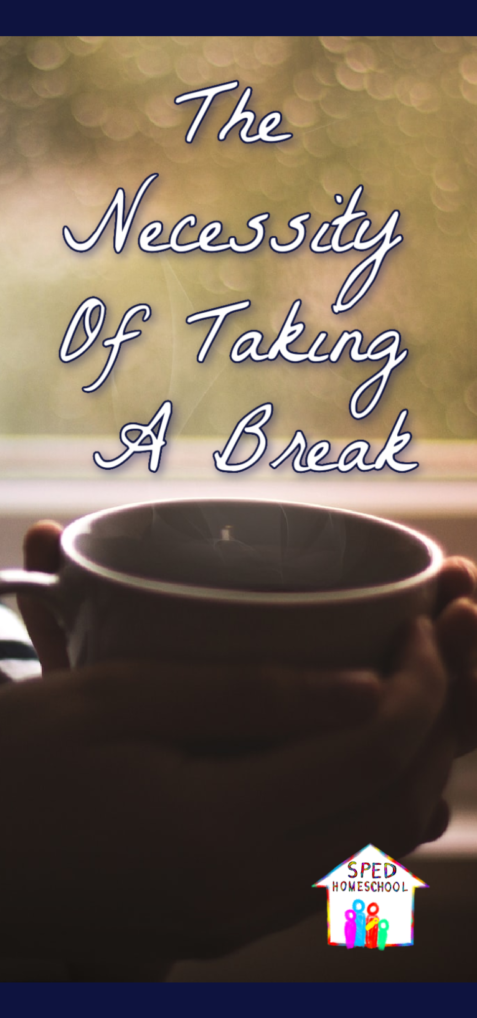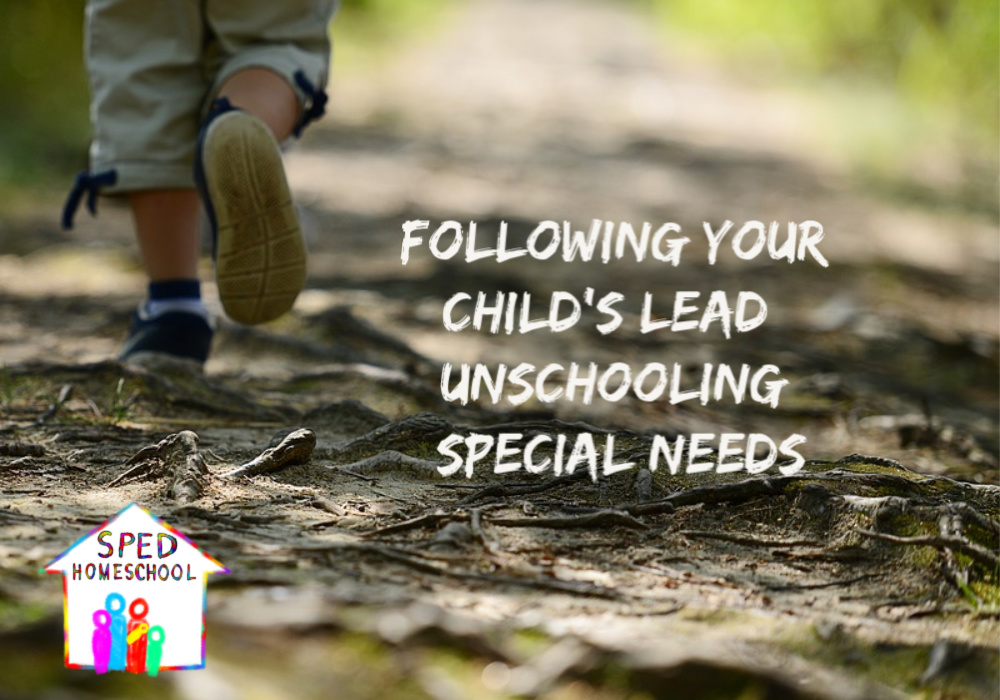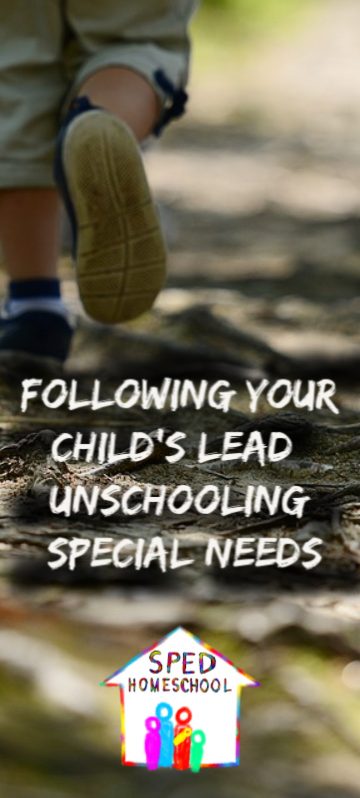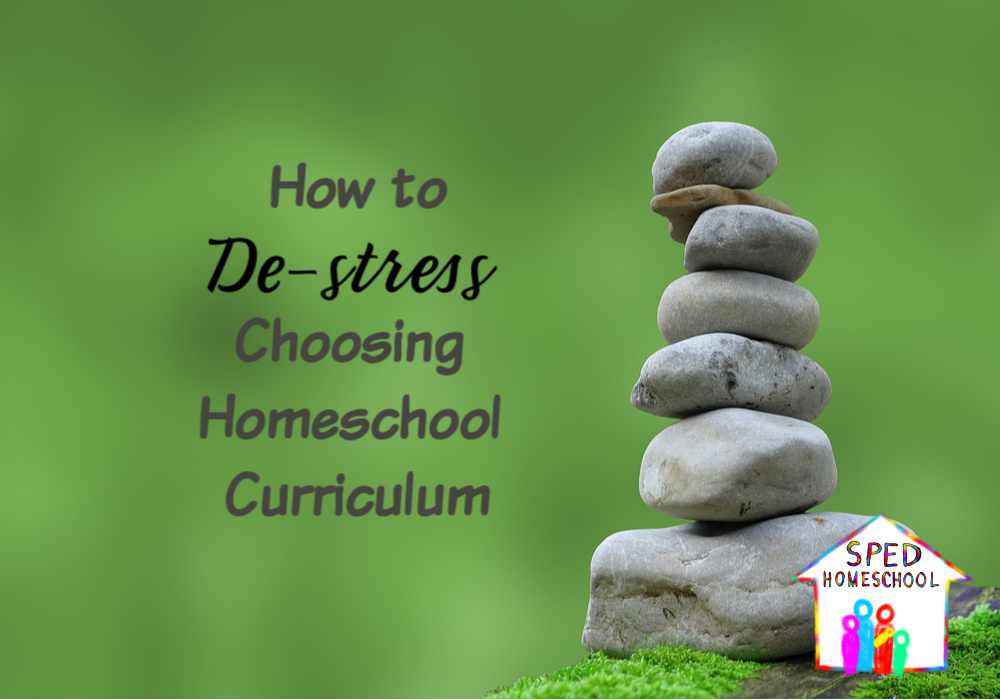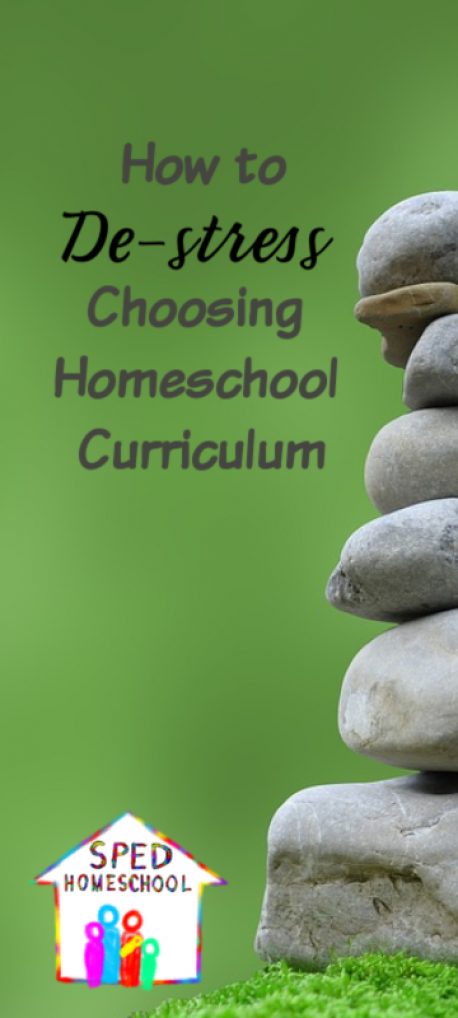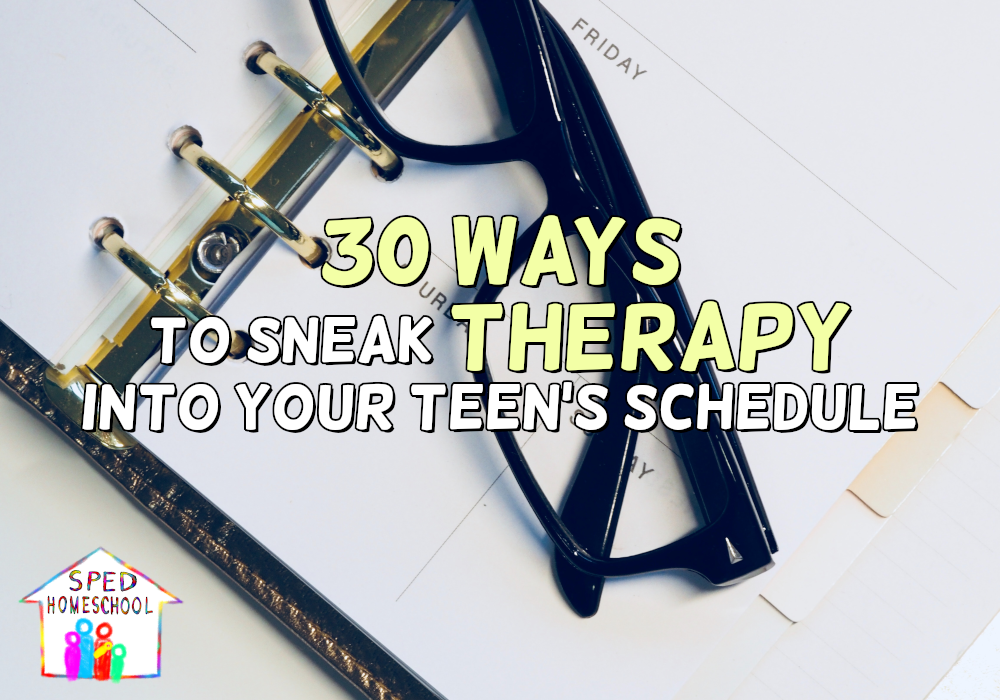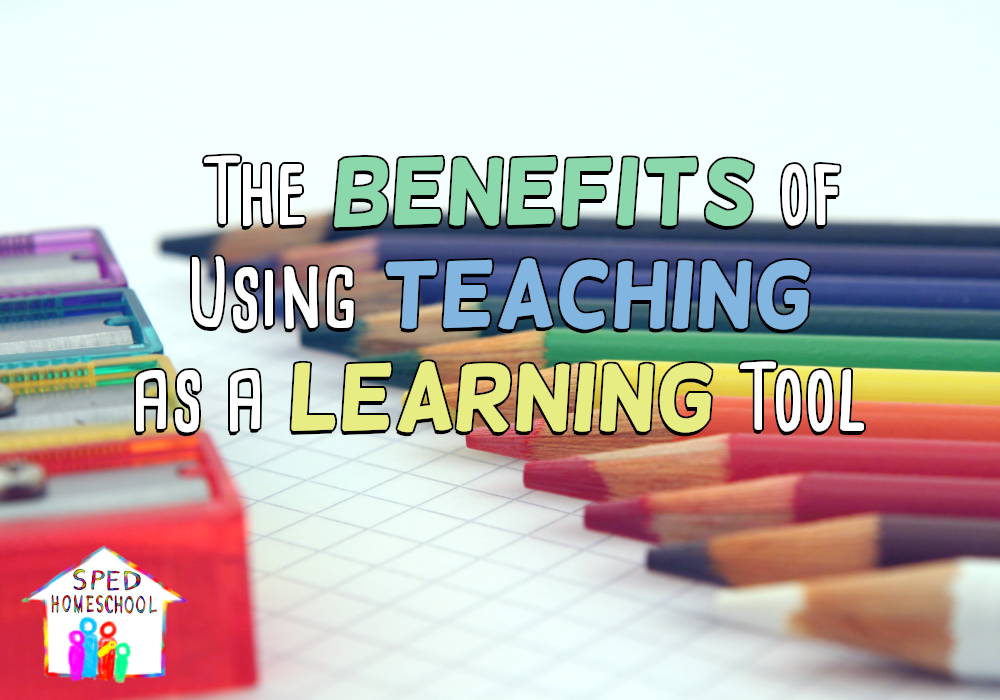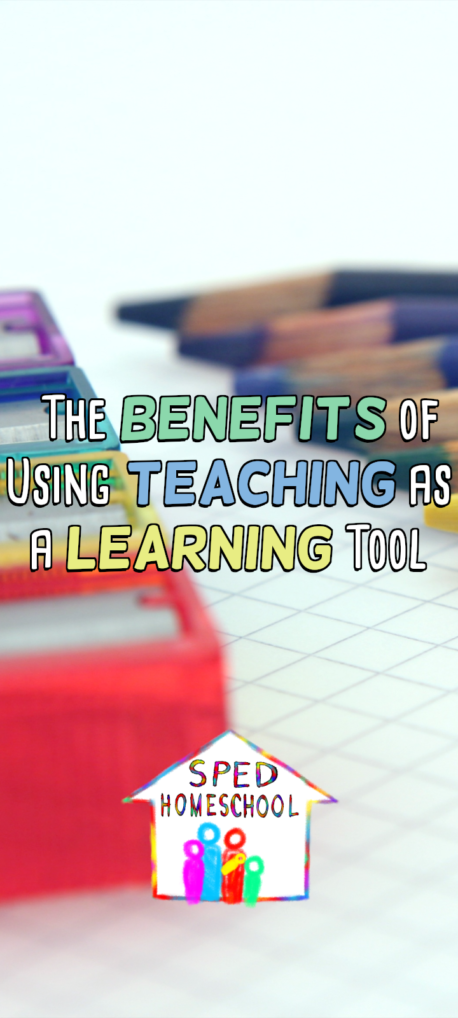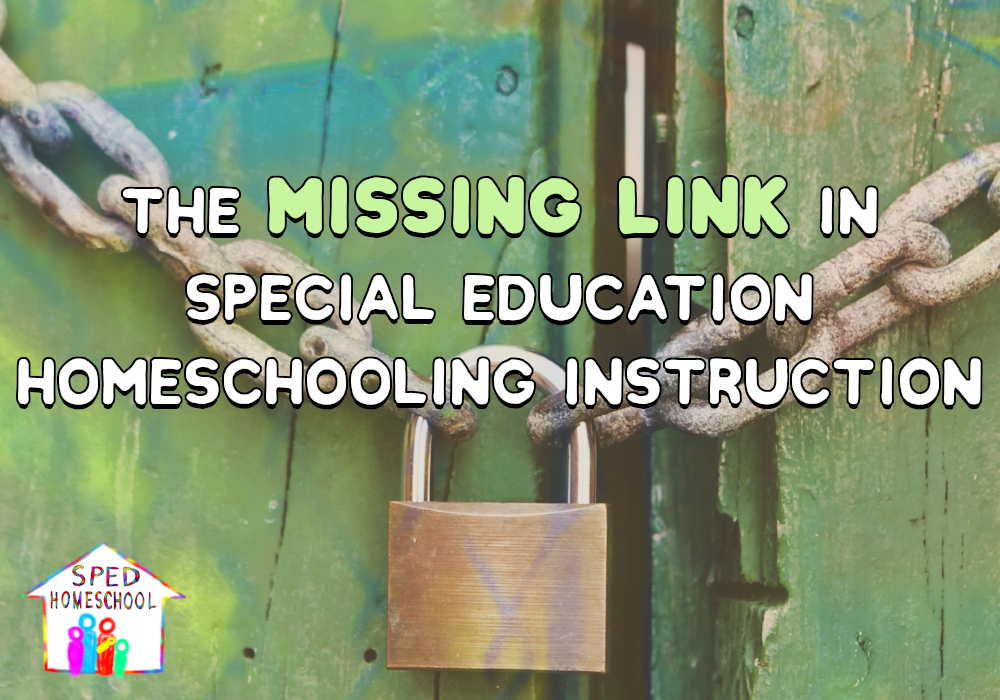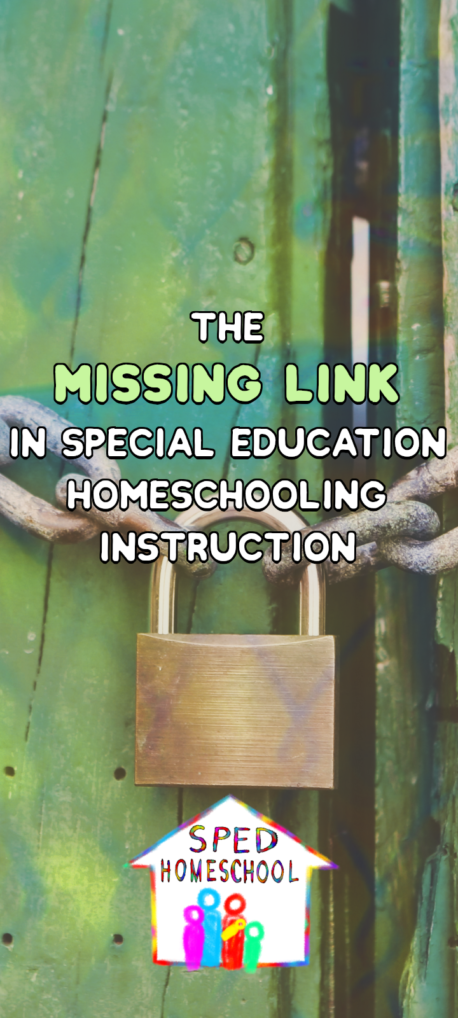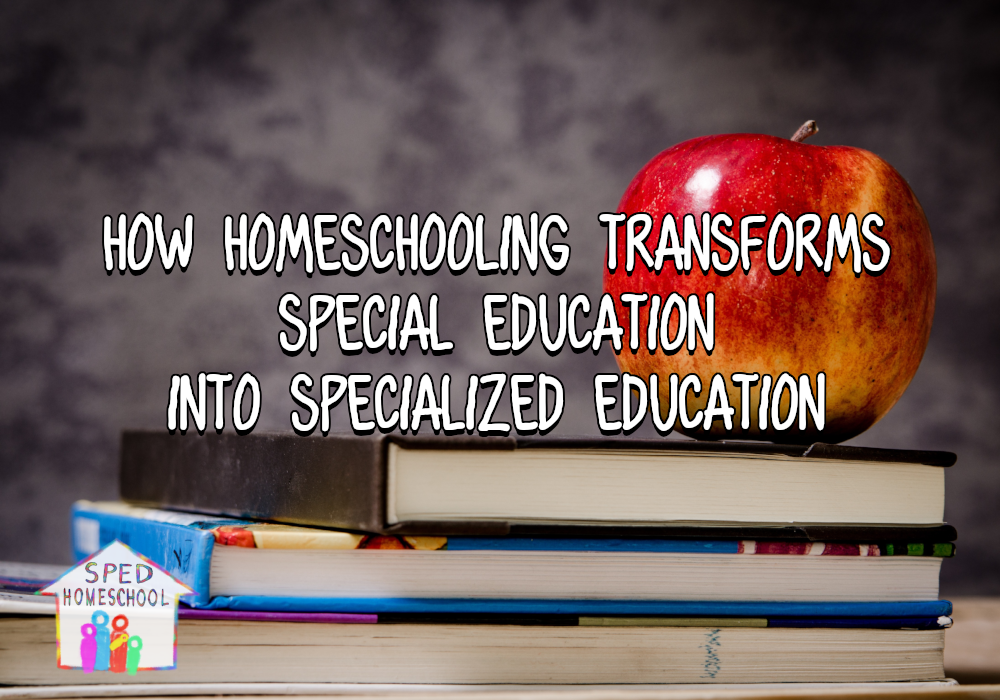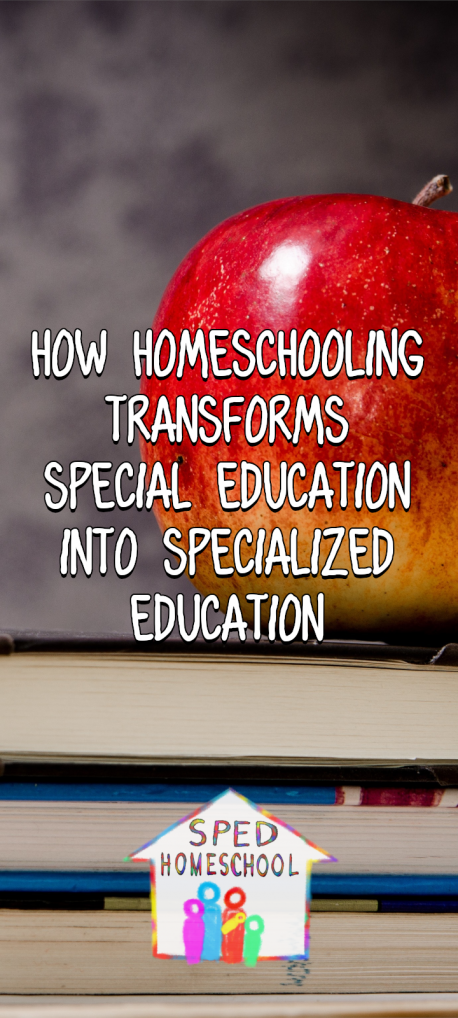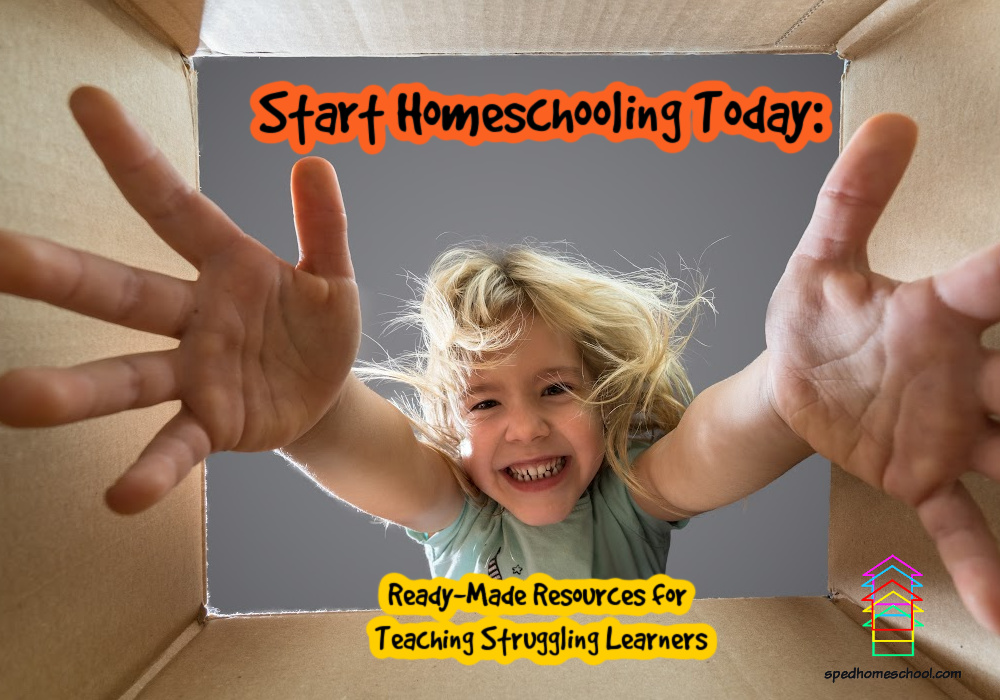
By Peggy Ployhar, SPED Homeschool Founder & CEO
Are you starting your homeschooling journey this year? Then here are 20+ ready-made resources you can use to start homeschooling your struggling learner with confidence today.
9 Easy Steps to Start Homeschooling
Ease into homeschooling by following these 9 easy steps.
Free download and step-by-step instructions for writing a homeschool IEP.
Homeschool High School Checklist
A checklist to ensure you know the essentials about homeschooling a struggling student through high school.
Learn from professional therapists on how to provide at-home therapy for your student by using this curated list of free online resources.
Use Routines to Build Your Student’s Learning Independence
How to create routines so your homeschool student becomes a more independent learner.
Motivate Your Student by Making Learning Fun
4 examples for motivating students to learn by adding fun to their homeschooling lessons.
How to Use Rewards as Positive Learning Motivators
Apply positive learning motivators into your homeschool setting.
Building Resilience in Children with Autism
Strategies for homeschooling a student who struggles with anxiety or sensory issues.
Using Workboxes to Support Independent Learning
Learn how to plan for independent learning times during your homeschool day by using workboxes for your students.
Online Assessment Tools to Evaluate Your Struggling Learner
30 free online assessment tools parents can use to evaluate various types of learning struggles.
Reinforcing Homeschool Learning Through Play
Gain an understanding of the skills, stages, and ways you can support your student’s learning growth through play.
Simple Homeschool Organization Ideas
3 simple examples of how to organize your homeschool assignments, schedule, and work spaces.
20 Fall Learning Activities for Your Homeschool
Use these activities to add some fun and seasonal flair to your homeschool.
How to Start Homeschooling Kindergarten with a Special Needs Child
6 steps that break down the basics of homeschooling kindergarten when you don’t know where to start.
What Your Child Needs to Know by First Grade
Use these lists and resources to evaluate your student’s readiness for first grade homeschooling materials.
Make learning active for your wiggly kids by using these suggested activities.
DIY Occupational Therapy Ideas
Learn how to DIY occupational therapy at home to help your students reach their therapy goals.
Tips for Homeschooling Active Kids
7 strategies parents can use when homeschooling an active child.
Use one of these free unit studies to teach your hands-on learner.
Slow & Steady: The Key to Homeschool Success
Homeschool success doesn’t happen overnight, but it happens when you follow these 5 simple steps.
Am I the Best Teacher for My Child?
We all ask ourselves this question, and here is the answer you need to be reminded of as you homeschool your struggling learner.
Popular Special Needs Homeschooling Acronyms
Understand the meanings and homeschool applications for the most commonly used special needs acronyms.
To find more free resources for homeschooling your struggling learner, check out our Homeschool Help page. Plus, subscribe to our bi-weekly newsletter and receive updates on events and special offers.
Twinkl and their home education team featured this blog among their Best Home Education Bloggers list.



